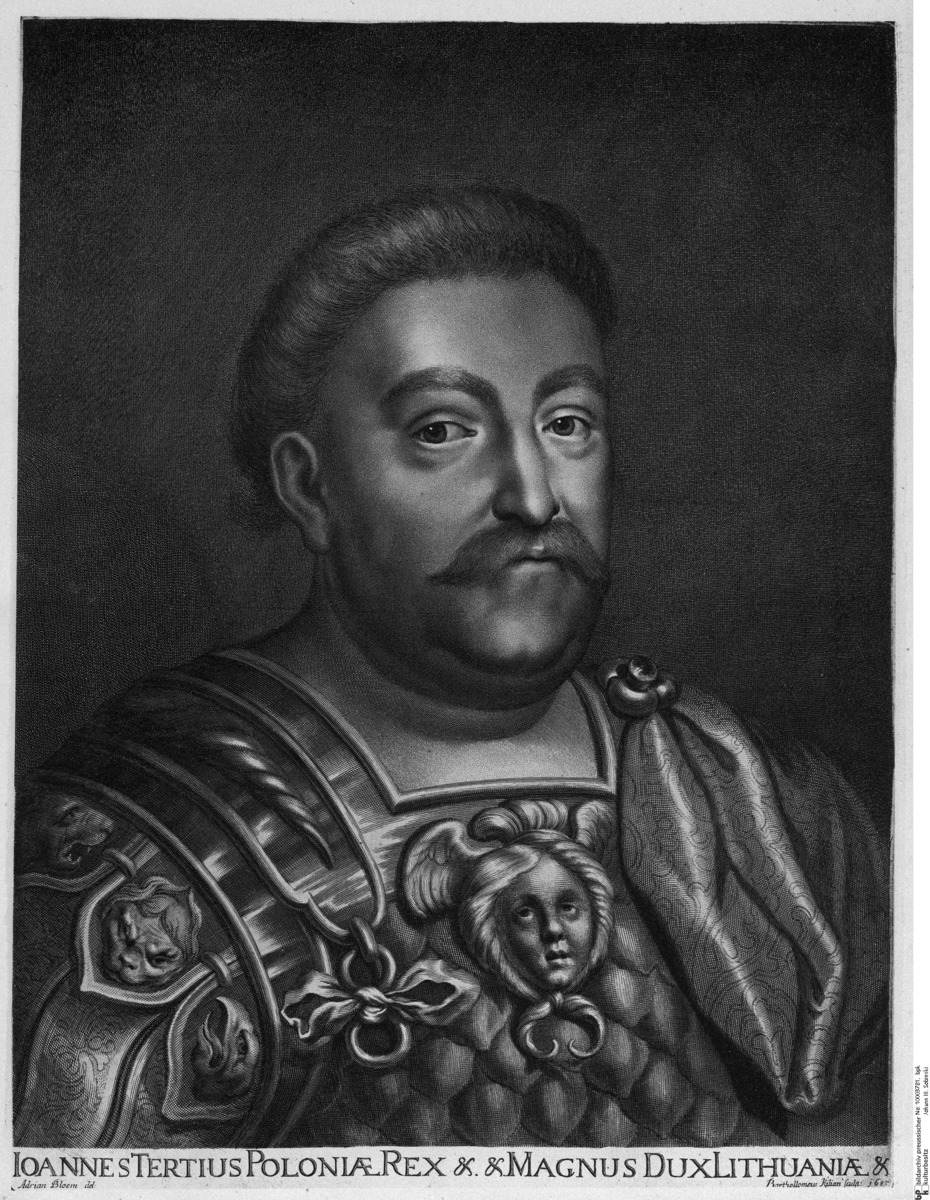Abstract
Jan Sobieski (r. 1674-96) was the most famous of the eleven elected
kings who ruled the Polish-Lithuanian Commonwealth during its 226-year
history. (The Commonwealth started with the Union of Lublin in 1569 and
ended with the Third Partition of Poland of 1795.) A graduate of
Jagiellonian University in Cracow, Sobieski was well-educated,
well-travelled, and multilingual. He was a patron of the arts and took a
great interest in literary and cultural life. For some, Sobieski was a
true European in today’s sense of the word. In fact, his major
accomplishments came not at home but rather on the larger European
stage. When approximately 150,000 Ottoman troops laid siege to Vienna in
July 1683, threatening the Holy Roman Empire and all of Christian
Europe, it was to Sobieski, both a distinguished military leader and a
devout Catholic, that Pope Innocent XI turned for help. The Ottomans
were allied with France, and although Sobieski had pursued a pro-French
policy during the early years of his reign (due in part to his French
wife), by the time Innocent XI appealed to him, he had come to view the
Ottomans as a serious threat and had, accordingly, begun moving away
from France.
Sobieski agreed to join Charles of Lorraine, the electors of Saxony
and Bavaria, and numerous German princes in an alliance against the
Turks. Sobieski is best remembered for leading a relief army of
approximately 80,000 soldiers (27,000 of whom were Poles) to victory at
the Battle of Kahlenberg and thereby saving Vienna from the Ottoman
threat. While his reign was characterized by relative domestic
stability, Sobieski had little success in stabilizing the army,
strengthening the position of the crown, or curbing Poland’s powerful
magnates. Likewise, he also accomplished little in the way of central
legislation and taxation. He was succeeded by Frederick August I of
Saxony, who assumed the title of August II (“the Strong”) of Poland (r.
1697-1706 and 1709-33) upon his accession to the throne.
